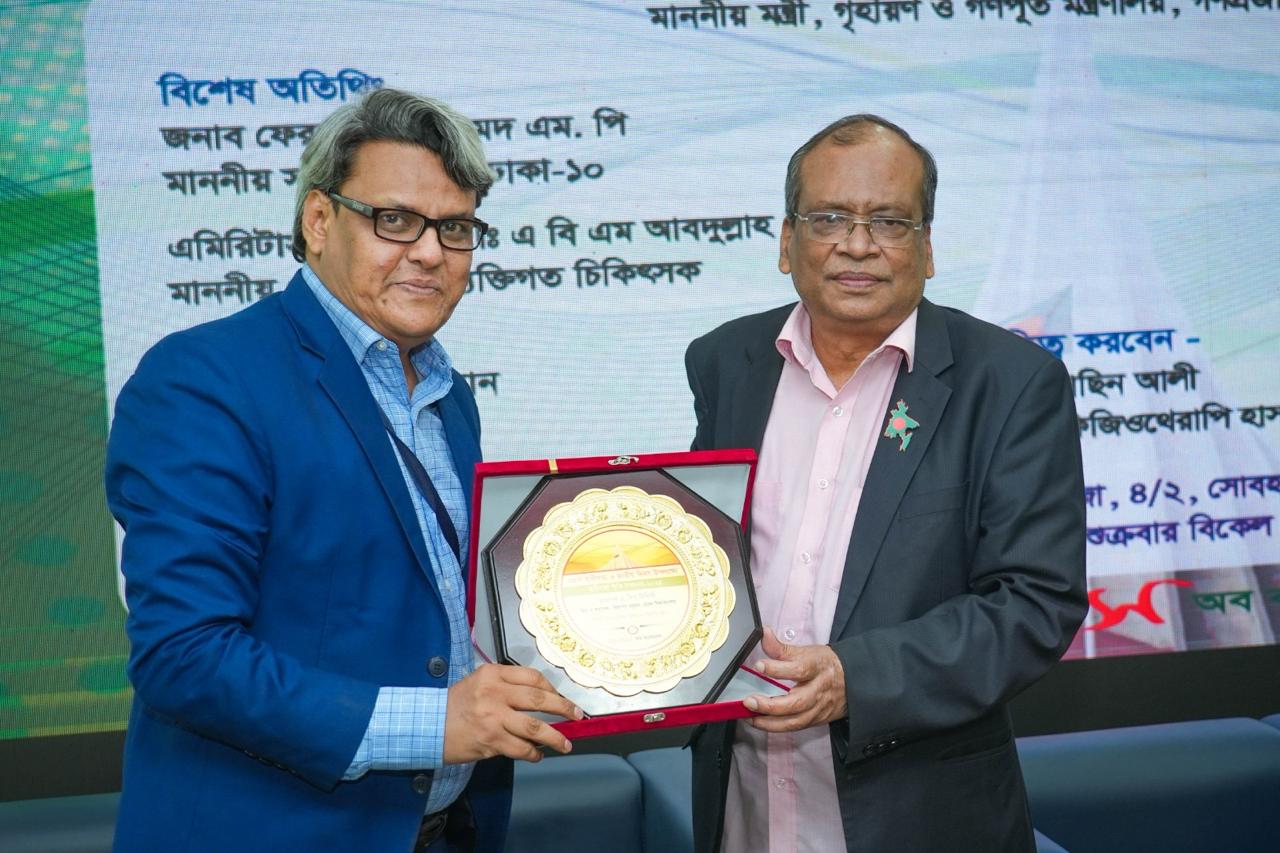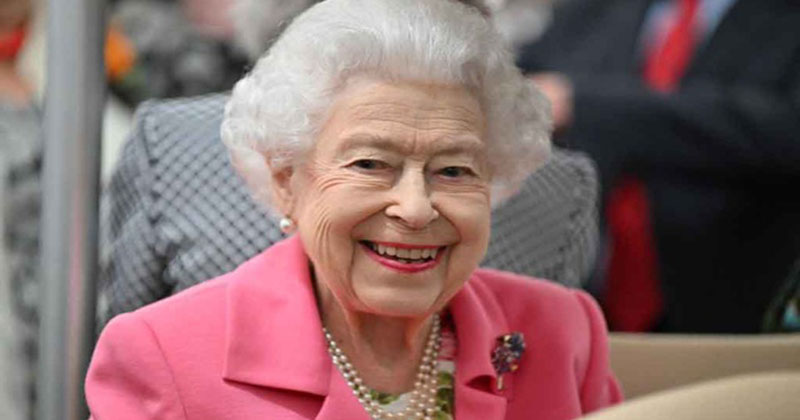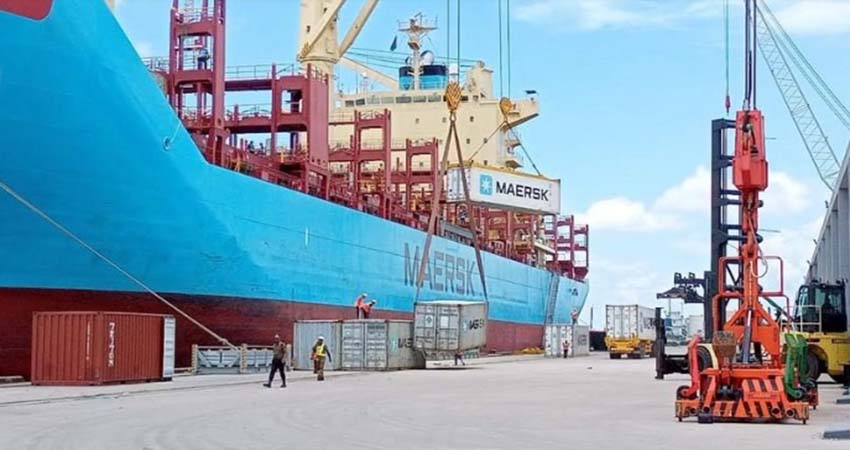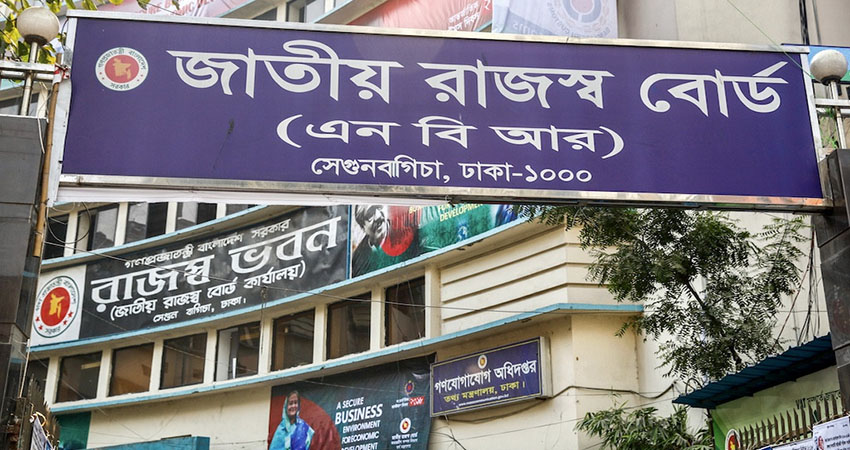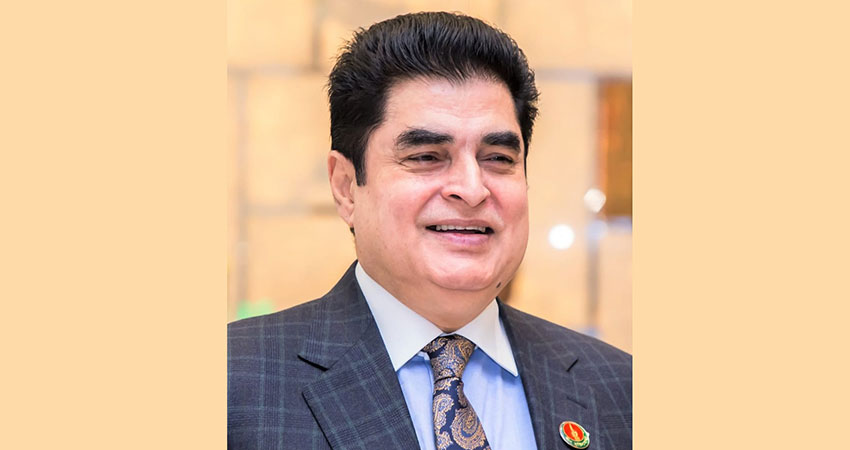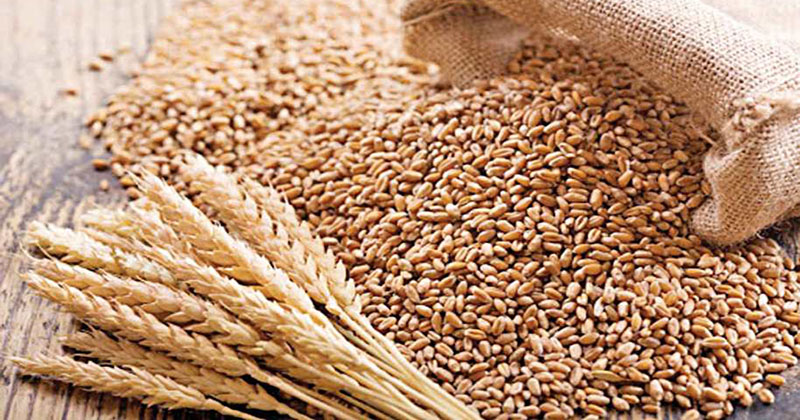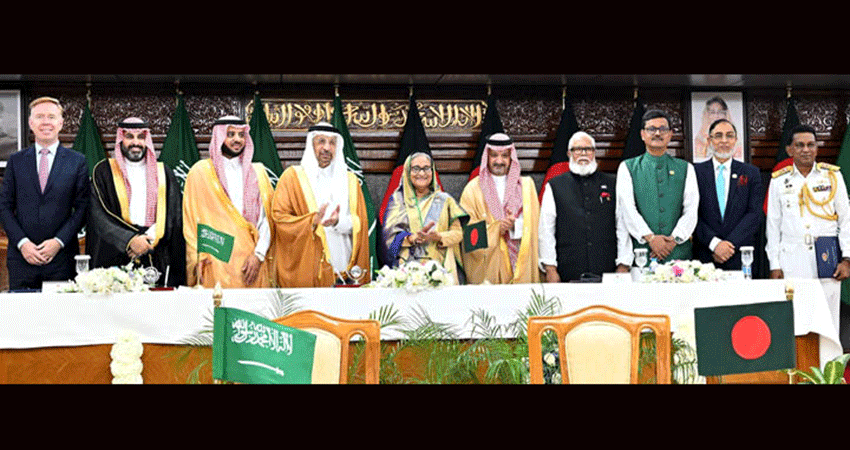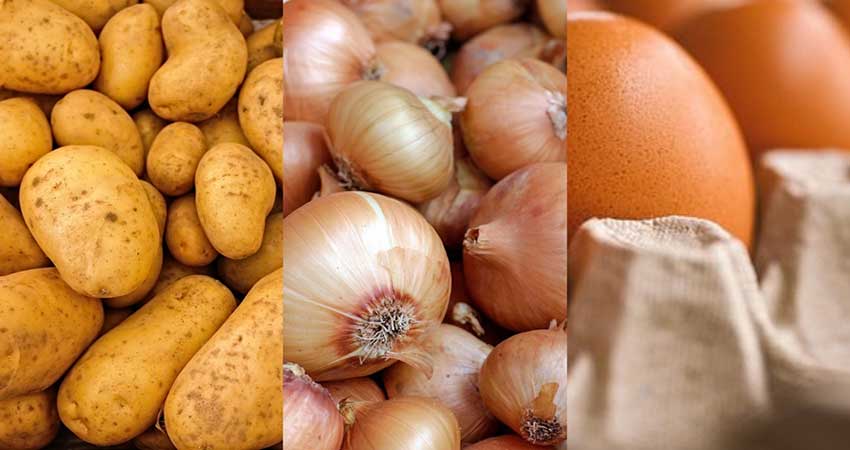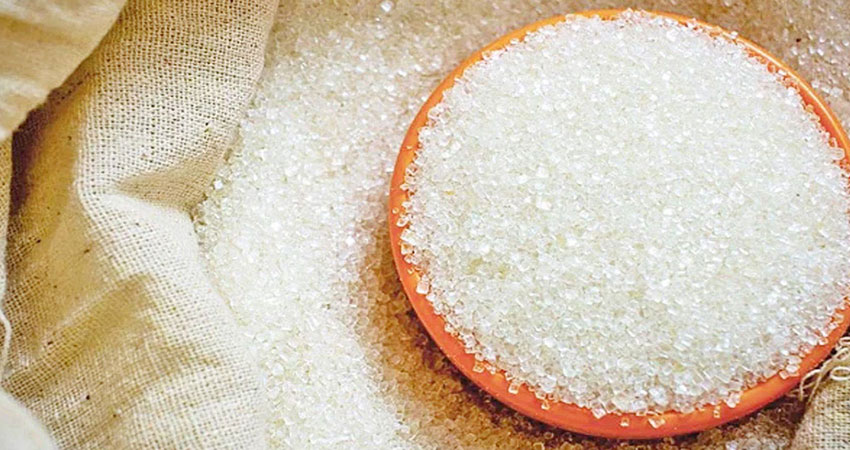Sri Lanka has paid back 75% of a $200 million loan from Bangladesh as the island nation repaid $100 million of the loaned amount yesterday after paying back $50 million earlier.
"Sri Lanka has paid back $100 million to us on Thursday (31 August). Now they are expected to return the remaining $50 million in due course," the Bangladesh Bank Spokesperson and Executive Director Majbaul Haque told The Business Stanrad on Friday (1 September).
The island nation, which went bankrupt last year, paid back $50 million of the first instalment of the loan taken from Bangladesh on 21 August.
Bangladesh provided a $200 million loan from its foreign exchange reserves to the island nation in August 2021 to help it meet its foreign exchange crisis.
Although the loan was supposed to be repaid in three instalments within nine months, the time was extended three times by about 27 months as the country could pay back the money, according to a central bank official.
The current extension will expire in September, he added.
According to the swap deal, Sri Lanka is supposed to pay Bangladesh 1.5% interest in addition to the London Interbank Offer Rate, or LIBOR, against the loan. As per the agreement, the island nation has paid an interest rate of 1.5% plus the current LIBOR rate of 5.42% along with the first instalment, a central bank official told TBS.
The country is due to return another $50 million.
Sri Lanka, which announced its first-ever sovereign default in April 2022, has negotiated with the International Monetary Fund (IMF) for a bailout of $2.9 billion.
The island nation faced its worst economic crisis in history due to a shortage of foreign exchange reserves.
An imperative in the IMF bailout is to restructure external debt, which needs to be completed by September.
Sri Lanka recently said its inflation has dropped to 6.3%, a single-digit figure for the first time in two years, providing much-needed relief to the people amidst the worst financial crisis, reports The Times of India.
The last time single-digit inflation was recorded was 5.8% in September 2021. The highest inflation since the island nation's economy came under its worst crisis was 69.8% in September last year.
Sri Lanka's foreign exchange reserves have risen in part due to rising dollar receipts from tourism and remittances. These increased inflows, together with an IMF bailout and progress on debt restructuring, are stoking hopes of a turnaround for the nation.
The multilateral lender will hold its first review of its $3 billion loan programme around September.
At the end of last year, the country's total foreign exchange reserves were $1.9 billion, and they almost doubled to $3.7 billion at the end of June this year.
Sri Lanka pays back 75% of Bangladesh's $200 million loan


